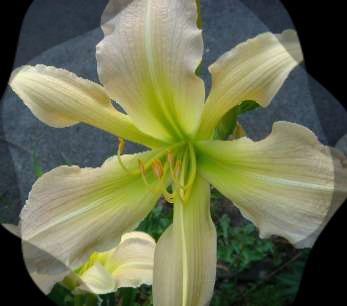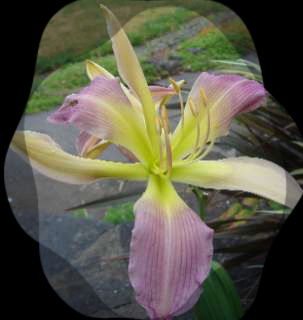I have become a quite keen compiler of informaton. I am convinced that
knowing the 'bloodlines' of the plants that I want to use, will help me
to know what might be lurking hidden in the genetic makeup of the plants
- something that I may be able bring out in seedlings.
One theory is that with current hybridising practices, the gene pool of modern daylilies has actually narrowed, because many of today's modern hybrids are based on a relatively small subset of the early hybrids. By tracing the parentage back as far as possible, I can find a way to work in genetic material that isn't already present by out crossing to something not of the same gene pool. There is a lot to say for 'genetic shuffling', and we probably haven't yet exhausted the combinations. However, by shuffling and reshuffling the same combinations, the outcomes are inherently limited.
It has also helped me to understand 'what produces what' which can give
me some general idea of what to expect from crosses I make.
Following are some 'pedigree' tables that I have compiled, and hopefully
as time permits, I will add more of the ones I've got in my notebook! I
have started things off with introductions by
Dr. John Lambert because his daylilies are fascinating to me. He was one of the first to
focus on Unusual Form daylilies, and his gene pool is unique and extraordinary.
He also makes it easy because he kept meticulour records. Lambert line
bred quite extensively, so reading the family tree of his introductions
is quite interesting and (I hope) instructive.
Some of the earlier hybrids can be found on Mark Cook's wonderful
Historic or Heritage Daylilies site. I am particulary pleased to have been able to add 'Black Knight' to my collection this year. I will hopefully add more of these beauties next year. Some of the very first hybrids bred by A.B. Stout can be seen on the
Manatawny Creek Farm pages.







